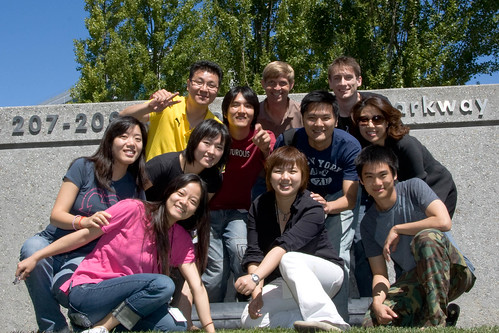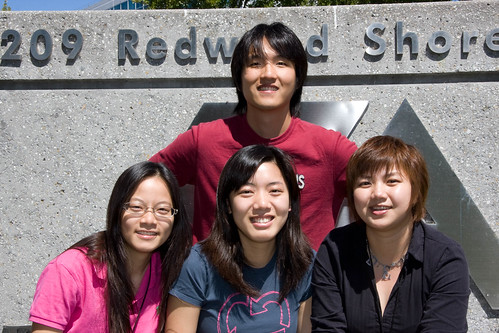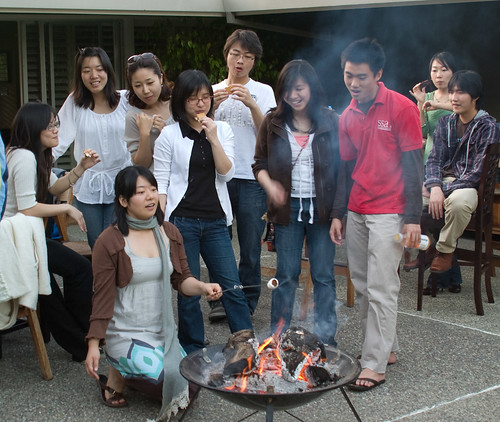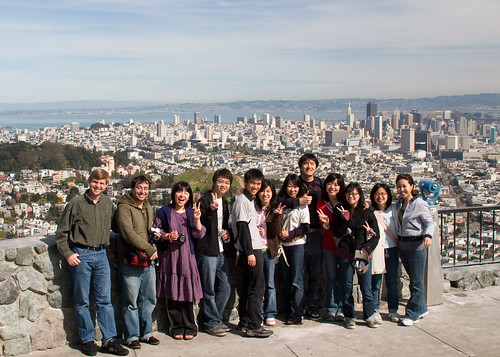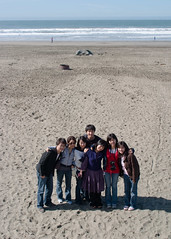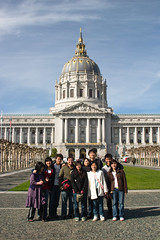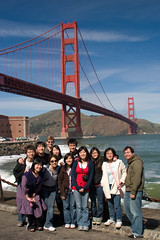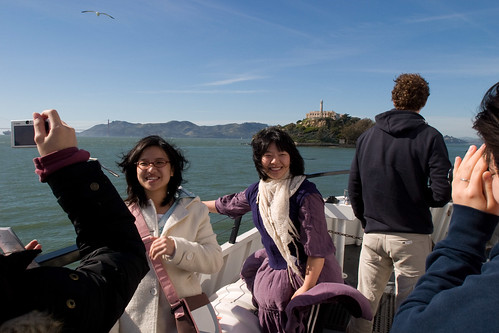Tea & Sugar Train Team

Team Hatch
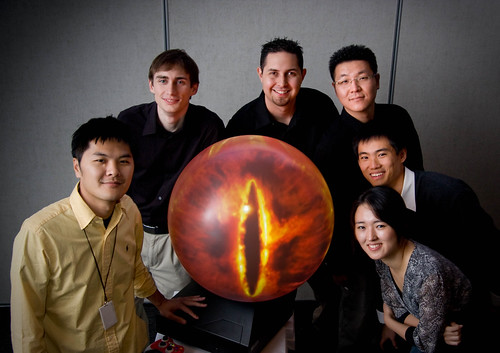
Welcome to the Blog for Carnegie Mellon University's
Entertainment Technology Center - Silicon Valley Campus




 During his visit to the West Coast, CMU President Jared Cohen dropped by EA and spent some time with our teams.
During his visit to the West Coast, CMU President Jared Cohen dropped by EA and spent some time with our teams. 
 Today, we invited Greg Dismond, a senior Technical Director in Electronic Arts who has been in industry around 20 years, to our elective class. He has given us Perspectives and Viewpoints on being a Technical Artist. Through his talk, he has cleared our understanding of Technical Artist, stimulated our creative thinking, and encouraged our motivation exploring our future career.
Today, we invited Greg Dismond, a senior Technical Director in Electronic Arts who has been in industry around 20 years, to our elective class. He has given us Perspectives and Viewpoints on being a Technical Artist. Through his talk, he has cleared our understanding of Technical Artist, stimulated our creative thinking, and encouraged our motivation exploring our future career. As an industry veteran, technical director who has been working in both movies and games, Greg shared his experiences when dealing with different people in work. He started this topic with a rendering question, how to solve a seeming impossible rendering task. With unveiling the answer, Greg gave us tips to face different demanding people and tasks. Be positive, proactive, and attaining social perspective to technical problems.
As an industry veteran, technical director who has been working in both movies and games, Greg shared his experiences when dealing with different people in work. He started this topic with a rendering question, how to solve a seeming impossible rendering task. With unveiling the answer, Greg gave us tips to face different demanding people and tasks. Be positive, proactive, and attaining social perspective to technical problems.


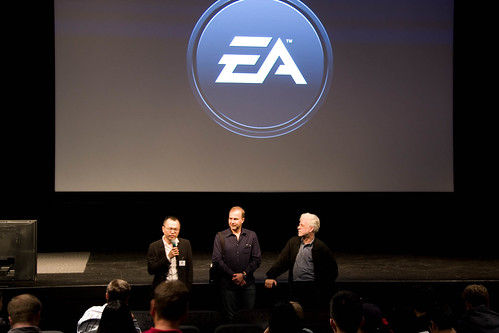

 Today, Hoyt Ng a senior trainer at DreamWorks PDI and a veteran presenter visited us at ETC-Silicon Valley. He brought with him many gifts and tidbits on presentation skills. Throughout his two and a half hour talk, he emphasized that everyone has the natural skills to present well. He joked about how some of his students when seated could answer questions like a perfect presenter, but would shed all their presentation skills the moment they leave their seat. It is important to note that Hoyt did not attempt to change our presentation style. He believed that everyone must find a style that is comfortable to them. Instead he provided us with various exercises. These exercises aimed to bring the natural skills that we apply on person to person communication into our presentations.
Today, Hoyt Ng a senior trainer at DreamWorks PDI and a veteran presenter visited us at ETC-Silicon Valley. He brought with him many gifts and tidbits on presentation skills. Throughout his two and a half hour talk, he emphasized that everyone has the natural skills to present well. He joked about how some of his students when seated could answer questions like a perfect presenter, but would shed all their presentation skills the moment they leave their seat. It is important to note that Hoyt did not attempt to change our presentation style. He believed that everyone must find a style that is comfortable to them. Instead he provided us with various exercises. These exercises aimed to bring the natural skills that we apply on person to person communication into our presentations. In the spirit of good presentations, instead of a boring talk about presentation skills, Hoyt gave us many exaggerated hands-on exercises. Each exercise aimed to make us comfortable with applying a natural communication skill, in order to overcome some of the common presentation problems. For example, in one exercise the participant had to present by pausing for five seconds after every sentence. Similarly, in another exercise, the presenter was required to remain in eye contact with each audience for a continuous five seconds. In yet another exercise, the participant must perform extremely exaggerated gestures. He believed that once we are familiar with these exaggerated exercises, skills such as pausing, having eye contact and using gestures will become a habit during actual presentations.
In the spirit of good presentations, instead of a boring talk about presentation skills, Hoyt gave us many exaggerated hands-on exercises. Each exercise aimed to make us comfortable with applying a natural communication skill, in order to overcome some of the common presentation problems. For example, in one exercise the participant had to present by pausing for five seconds after every sentence. Similarly, in another exercise, the presenter was required to remain in eye contact with each audience for a continuous five seconds. In yet another exercise, the participant must perform extremely exaggerated gestures. He believed that once we are familiar with these exaggerated exercises, skills such as pausing, having eye contact and using gestures will become a habit during actual presentations. Here, the player's ship follows a giant enemy prawn, about to shoot its collision sphere for normal damage.
Here, the player's ship follows a giant enemy prawn, about to shoot its collision sphere for normal damage. Here, another giant enemy prawn prepares to strike the North Pole. You may remember this from your history classes, assuming your teachers got all the way through the real history and had time to teach you the imaginary stuff.
Here, another giant enemy prawn prepares to strike the North Pole. You may remember this from your history classes, assuming your teachers got all the way through the real history and had time to teach you the imaginary stuff.

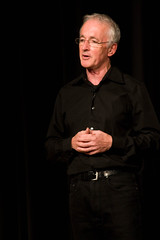
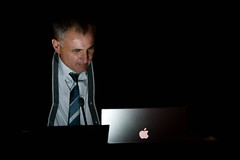




.jpg)
.jpg)





